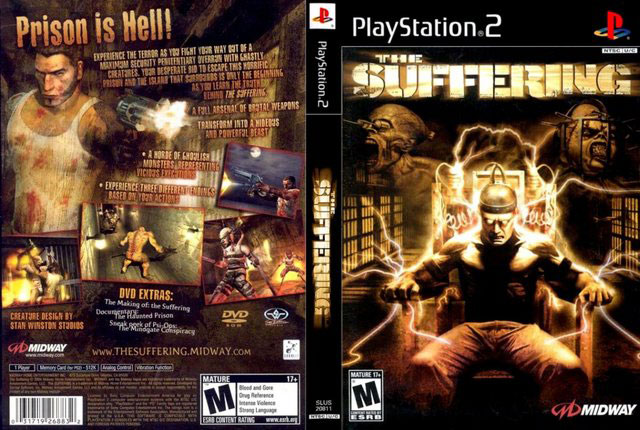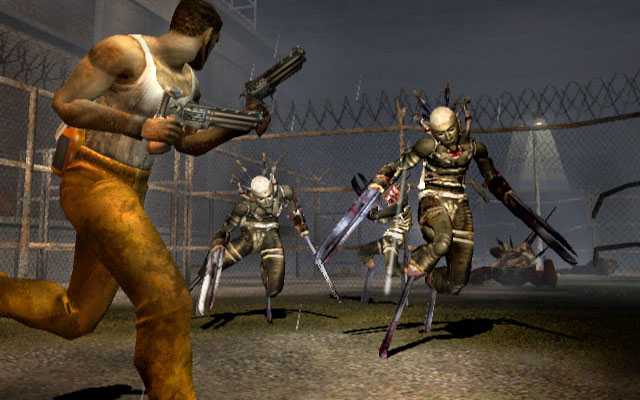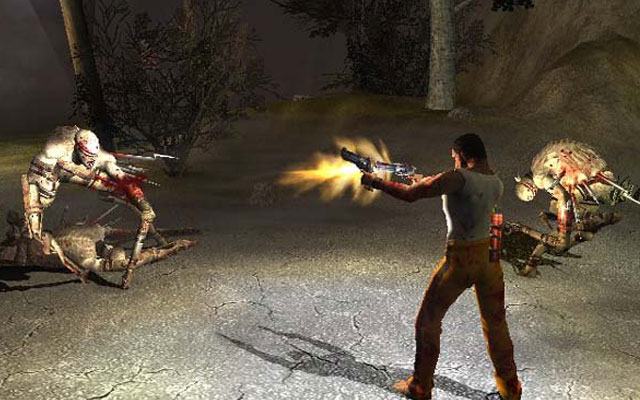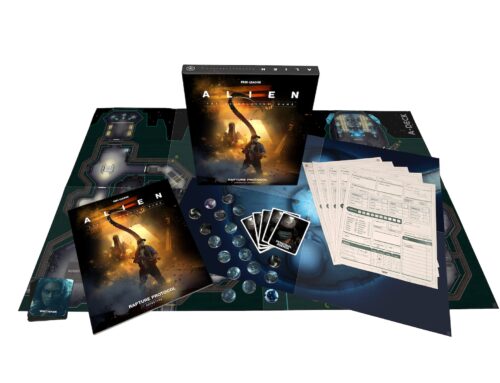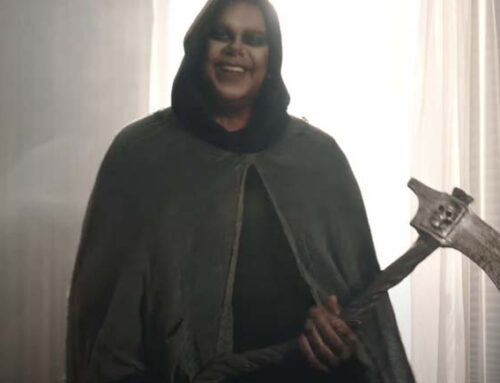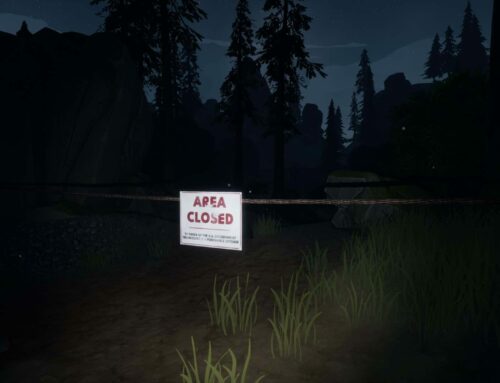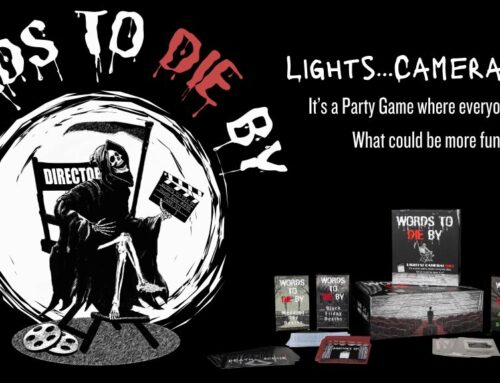You probably don’t remember the horror game The Suffering. It came out back in 2004, on the PlayStation 2, Xbox, and PC. It was actually quite successful. There was even a sequel released a year later. So why haven’t you heard of The Suffering? Why didn’t it become the start of a franchise like it was clearly trying for? How could a game which caused such a splash become so thoroughly forgotten? These are the questions which I am seeking to answer here. Mind you, I have never played either of these games before. Instead, I am going into this completely blind to see if I can figure out just what happened here.
The Suffering was, at least narratively, perhaps a bit ahead of its time. It tells the story of a man named Torque who is on death row for supposedly beating his wife and children to death with his bare hands, a crime which he does not remember committing. Torque has just arrived at Abbott State Penitentiary when the facility is rocked by a massive earthquake, which frees the inmates but also releases monsters from deep within the earth. As Torque explores the prison, attempting to find a way out, he uncovers the truth of horrific experiments and summary executions performed at the prison. Similar themes would later pop up in notable horror titles such as Outlast and Silent Hill: Downpour. However, compared to the story and themes of its contemporaries, The Suffering is unimaginably dark. Sure, there were some pretty dark games out there like Silent Hill 2, but nothing which explored things like prison violence, racism, and the idea of wrongful conviction. Instead, horror games at the time were still very concerned with magic and mad scientists and other such B-movie tropes.
The Suffering looked dated when it came out. This is a game that came out in the same year as visually ground-breaking games like Half Life 2, Metroid Prime: Echoes, and Doom 3. Those are some awfully big names to compete against. Unfortunately, in comparison to those, or even other PS2 horror games of that year such as Resident Evil: Outbreak or Silent Hill 4: The Room, The Suffering is just a blocky mess. However, the visual design is amazing. The game’s various monsters are physical incarnations of various types of execution (an idea later used in Silent Hill: Homecoming) and they manage to actually really convey this simply with the design of the monsters. The creatures are definitely humanoid, but are warped in truly disturbing ways. They’re like old Todd McFarland toys, except they move and attack you. There are honestly very few games which manage to create such unique and brilliant monsters as The Suffering, even when considering all the games which came out in the thirteen years since The Suffering was first released.
The Suffering’s audio design is absolutely brilliant. The voice acting may not win any awards by modern standards, but when you compare it to the voice acting of other video games of the early 2000s, it is positively Oscar-worthy. That voice acting, however, pales in comparison to the game’s soundtrack. I was positively floored by this game’s music. It goes in a very avantgarde direction, with the music for any given scene being made with materials found in that location. New instruments were developed just for the sountrack of this game. These sounds were then altered and experimented with to create truly otherworldly music.
Gameplay is The Suffering’s weak point. It’s not that it’s particularly bad gameplay, it’s just that it’s not all that good. At the time that this game came out, horror gaming was still very much caught up in the original Resident Evil model of survival horror, where it was all about breaking up the combat with weird puzzles. The Suffering, on the other hand, downplayed puzzle elements in favor of more action-oriented gameplay. This is something that would definitely come into vogue not too long after the game came out (in no small part thanks to Resident Evil 4), but for the time this was still really weird. It certainly didn’t help that The Suffering’s gunplay was a little clunky as well. The enemies move around very quickly, but the player does not. One final note on gameplay, The Suffering has old-school cheat codes rather than simply unlocking things for future playthroughs. I always like that.
At this point, I’m still not really sure why The Suffering never really took off. This is a brilliant video game. Its influence can still be felt in modern gaming. At this point I’m thinking that maybe this didn’t take off as a franchise simply because of how ahead of its time The Suffering was. However, my copy of the sequel has not yet arrived in the mail. I will hold off on a final verdict on just what went wrong here until I have played through both games.

